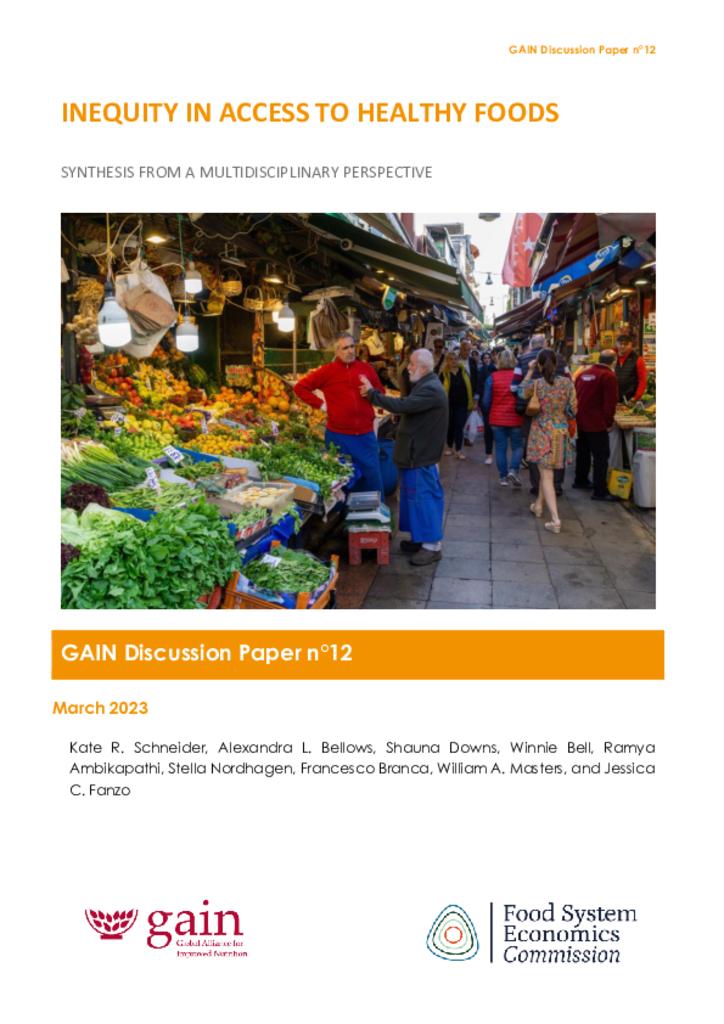The ability to choose a nutritious diet is conditioned by inequities in food access—which stem from broader social inequities.
Though these systemic forces significantly impact nutrition and health outcomes, food and nutrition policies often focus on food availability, nutritional content, and behavioural incentives and change. In this paper, we undertake a narrative review to synthesise the existing literature on how inequities shape access to healthy diets upstream from individual choice.
With a focus on the downstream parts of the food system our synthesis sheds light on the complex and heterogeneous patterns of inequities in individuals’ lived experiences, resources, and capabilities; the food environments they face; and the resulting contexts that condition the options available and resource constraints within which they must make choices. Examining the literature from a multidisciplinary perspective highlights subtleties that are not explained by research from any one angle. Yet policies often consider only one aspect – for example, locating supermarkets to address the problem of food deserts (lack of physical access).
The review demonstrates that designing policies to holistically address underlying drivers of inequity would require data disaggregated at the level of relevant social groups, with adequate geographic granularity, as well as qualitative data from the perspectives of affected people spanning food environments, socioeconomic information, and the food security, nutrition, and health issues that policies target.
A case study of the United States – a country with rich nationally representative datasets on relevant topics – demonstrates clear gaps in data needed to understand social access to food, non-monetary resources, capabilities and agency, and that intersectional analyses are hampered by small sample sizes.
